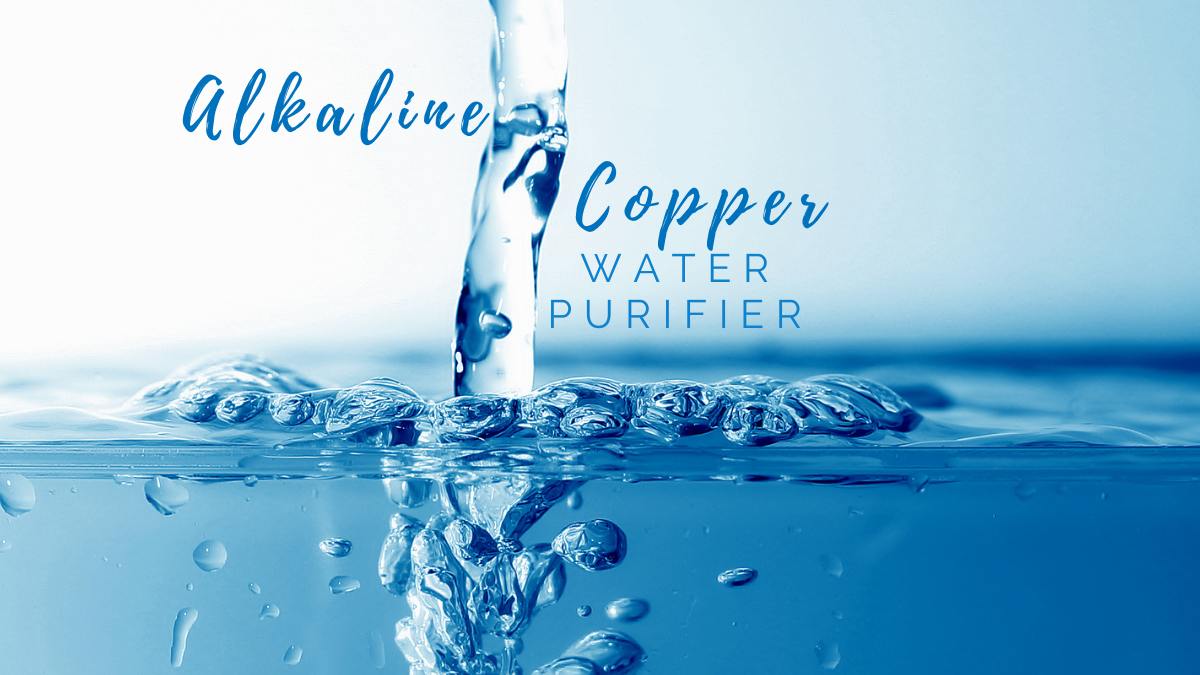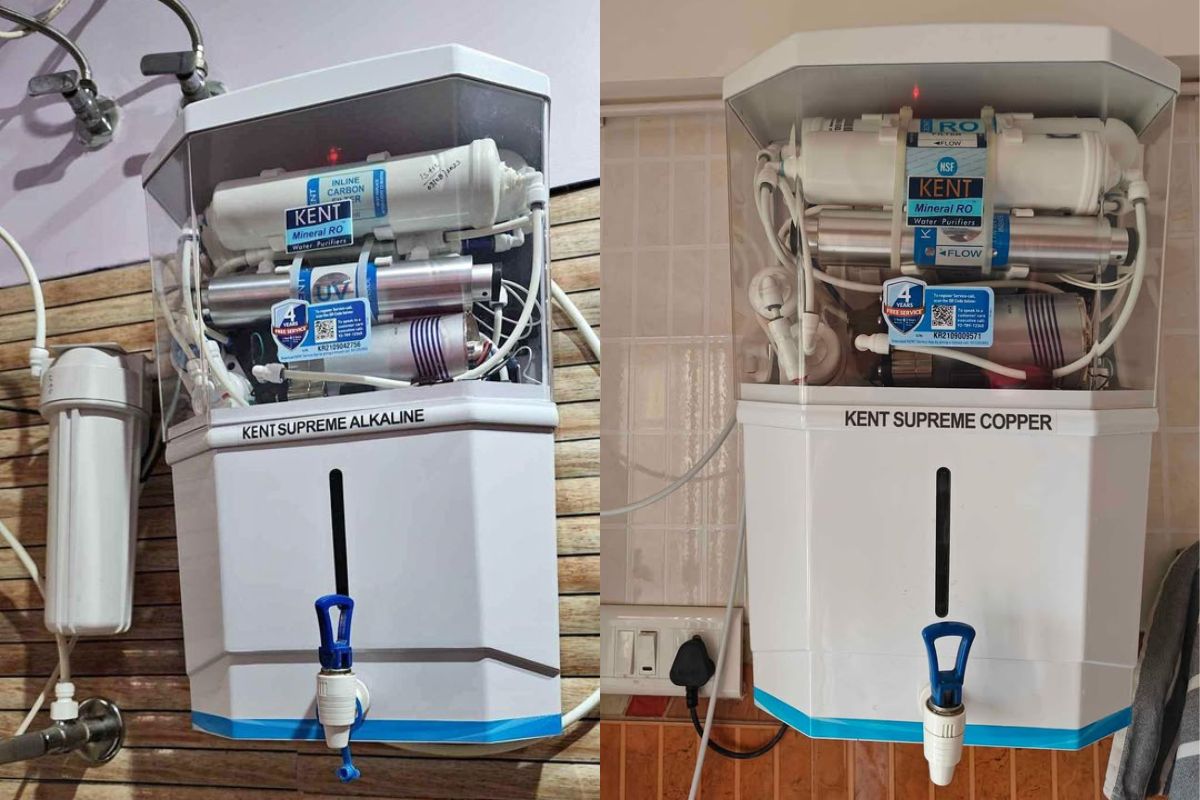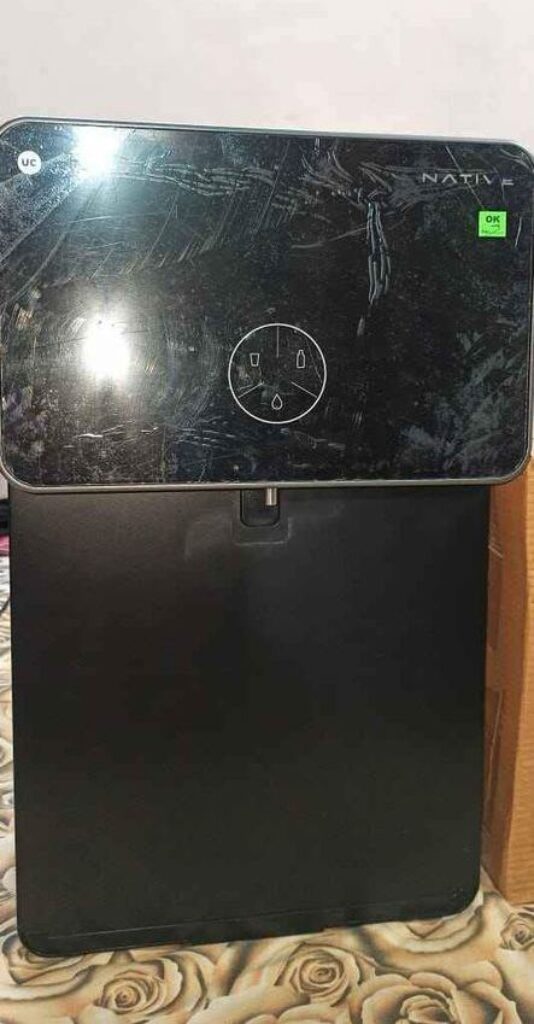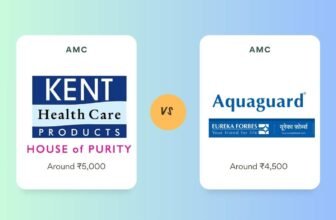
Choosing the right water purifier for your home is crucial to get clean and safe drinking water that meets your family’s specific health needs. KENT Supreme Alkaline RO Water Purifier increases the pH level of purified water up to 9.5 which is beneficial to some as it may help regulate body pH and reduce acidity. The notion that alkaline water helps boost immunity and overall health is a point of interest for many who want to enhance their wellness through their daily hydration. I have tested both the systems extensively—the alkaline one scored 8.7 out of 10 for overall performance.
On the other hand, copper infused water purification systems add pure copper to water in real time, based on the ancient practice of storing water in copper vessels for health benefits. Copper in purified water can have antimicrobial properties and may help in improving immunity and digestive health. These purifiers work by having a copper filter that releases beneficial copper ions into the water which can have a positive effect on the bacterial content in the drinking water. And if you are looking for traditional wellness benefits, copper systems deliver consistently.
When you compare the two, you need to consider the needs of your household and the local water quality. Alkaline water purifiers increase pH levels by adding minerals whereas copper infused water from a copper RO system is touted for its antimicrobial benefits from the natural properties of copper ions. Whether you want to balance body acidity or you are inclined towards traditional copper enhanced hydration, understanding the difference between these purification technologies will help you make an informed decision for your home. So you need to evaluate your priorities carefully.
What Is Alkaline Water Purification?
pH Boost
Alkaline water purification works great. It goes up to pH 9.5. It adds beneficial minerals to shift the water from neutral to slightly alkaline which may support better hydration and overall well being.
Benefits
I can’t stress enough the benefits here. Alkaline water may regulate body pH, reduce acidity, boost immunity through mineral balance—results vary depending on individual health condition. And if you have high acidity level, this technology is good.

Mineral Retention Technology
TDS control is excellent. It retains essential minerals while removing contaminants, get the best of both worlds—purity and nutrition.
How Alkaline Purifiers Work
These systems use RO+UV+UF+Alkaline+TDS Control+UV LED. Multiple stages removes impurities first then enhance water with alkaline properties. The process includes reverse osmosis, ultraviolet sterilization, ultrafiltration and alkaline mineral addition—total protection at every level.
Properties of Copper
Copper is a naturally occurring metal with reddish-brown color and excellent conductivity. It can conduct electricity and heat well and plays a big role in biological processes in the human body. In water purification, copper can add beneficial properties like its natural antimicrobial properties to your daily drinking water. And if you’re into traditional health approaches, copper has been around for centuries.
Comparison of Alkaline and Copper RO Water Purifiers
Alkaline and Copper Water Systems

Both systems use advanced RO+UV+UF technology as base. Each model has 8 liter storage capacity, 20 L/hr purification rate—good for medium to large households. Alkaline model focuses on pH enhancement, copper model has antimicrobial copper infusion. So you get premium technology either way.
Main Difference Between Alkaline and Copper Purifiers
Here’s where it gets interesting. Alkaline systems increase pH through mineral addition—targeting acid-alkaline balance in your body. Copper systems add antimicrobial copper ions—focusing on traditional Ayurvedic benefits and natural bacteria elimination. If you are health conscious about acidity, go alkaline. If you want antimicrobial protection, go copper.
Neutralize Impurity
Both systems remove dissolved impurities. Arsenic, mercury, lead, hardness, dissolved salts, rust, pesticides, fluorides—all removed through advanced RO membrane technology. Alkaline model adds mineral enhancement after purification, copper model adds real-time copper infusion during the process. I recommend either system for complete impurity removal—you will see amazing results!
Kill Bacteria
Copper purifier has dual bacterial protection—UV sterilization plus copper’s natural antimicrobial properties. And if bacteria elimination is your top priority, copper systems have protection for longer duration. Alkaline system relies on UV+UF technology with UV LED in-tank sterilization. Both have UV LED tank technology, but copper systems have additional antimicrobial protection through continuous copper ion release.
Purification Technology
Both models have RO+UV+UF+TDS Control+UV LED Tank technology with auto flush. Alkaline model has pH enhancement up to 9.5, copper model has real-time copper filter technology. Both have zero water wastage technology, activated carbon filtration, NSF/CE certifications—world class standards regardless of your choice. If the purifier is for you and you only, either system is good for single person. If the purifier is for two or few people, both systems’ 20 L/hr capacity is good for larger households!
Can You Combine Alkaline and Copper Technology?
Yes, you can combine alkaline and copper technology in RO systems to maximize water purification benefits. Modern water purifiers now integrate both technologies effectively to deliver enhanced water quality.
How the Combined System Works
Urban Company model M2 combines Alkaline and Copper technology, So, are these model shows differ in PH level and Chlorine? So, let’s find out

The maximum pH increase achieved is from pH 8 to pH 9, as claimed by the brand. In input water at a neutral pH level of 6. After purification, the output water reached a pH level of 8, confirming the purifier’s ability to deliver alkaline water as claimed.
The RO water purifier has a TDS handling capacity of 2000 ppm which is within the standard range for residential purifiers. It uses RO technology along with UV and mineral enhancement to give purified water as claimed by the brand. In a test with input water TDS of 1230 ppm, the purifier reduced the TDS to 162 ppm. In hardness reduction, the water had a hardness of 380 mg/L. After purification, the output water hardness was 96 mg/L.
The initial chlorine level in the water was 0.5 mg/L. After purification the chlorine level in the output water was 0.08 mg/L. So this shows the combined alkaline and copper technology purifier can remove up to 84% of chlorine. So here what I have seen combine technology also shows same TDS, Chlorine reduction ability.





